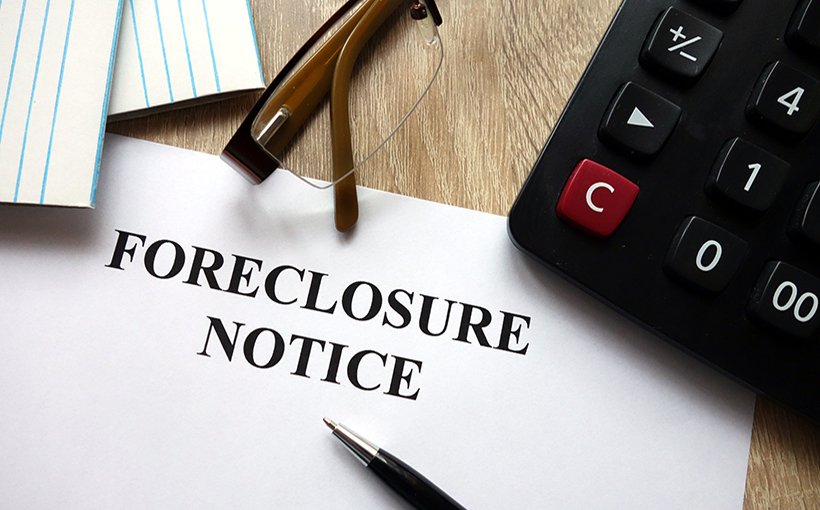

Multiple news sources are pointing out that distress is becoming a thing. Seeking Alpha recently dubbed the issue a “real estate debacle.” Meanwhile, other sources point to a distress rate increase in CRE CLOs.
Marcus & Millichap’s response? Calm down.
In a recently released brief entitled “Will A Wave Of Distressed CRE Come to Market? Recent Data Offers Important Insights,” the company’s analysts presented CMBS data from Real Capital Analytics demonstrating that declines and delinquencies are taking place. But it’s not as dire as it seems.
For example:
- The overall CMBS delinquency rate in July was 7.2%, an increase from 5.4% in July, 2024. However, the rate “was still well below the post-Global Financial Crisis peak of 10.3% in 2012.”
- Delinquency rates are hitting certain property types harder. Office delinquencies were near 11%, while industrial property delinquencies stood at 0.5%.
- Everyone is jumping too quickly toward delinquency. Or, as the report noted, “just because a borrower misses a loan payment does not mean a property falls immediately into distress.”
RCA also focused on the volume of distress CRE faces, separate from CMBS loans. While distress has become more prevalent within the past year, it’s actually showing signs of improvement. While about $122 billion of commercial real estate faced distress at the end of Q2, this figure is down slightly from the first quarter of 2025.
Investors who are waiting for a wave of distress to hit the market might generate more costs with a sideline approach. Marcus & Millichap analysts explained that only 2.6% of total trade volume came from distressed sales during the first half of 2025. Additionally, debt capital remains available, with lenders offering borrowers in good standing workout options.
And while there are some distressed properties available, the report indicated that “they are frequently fringe cases where ample hurdles, such as deferred maintenance, impact the appeal.”
The moral of the story is that waiting for the perfect distressed option could mean missing an opportunity to buy a higher-quality asset at an elevated cap rate.
The post The Truth About CRE Distress appeared first on Connect CRE.